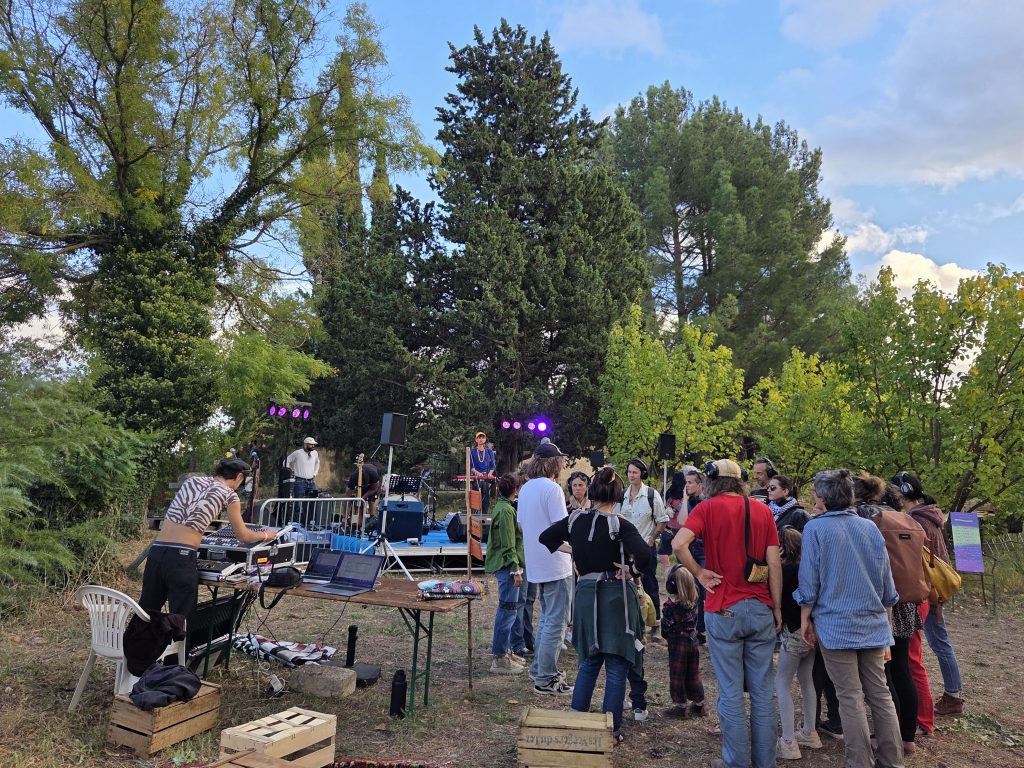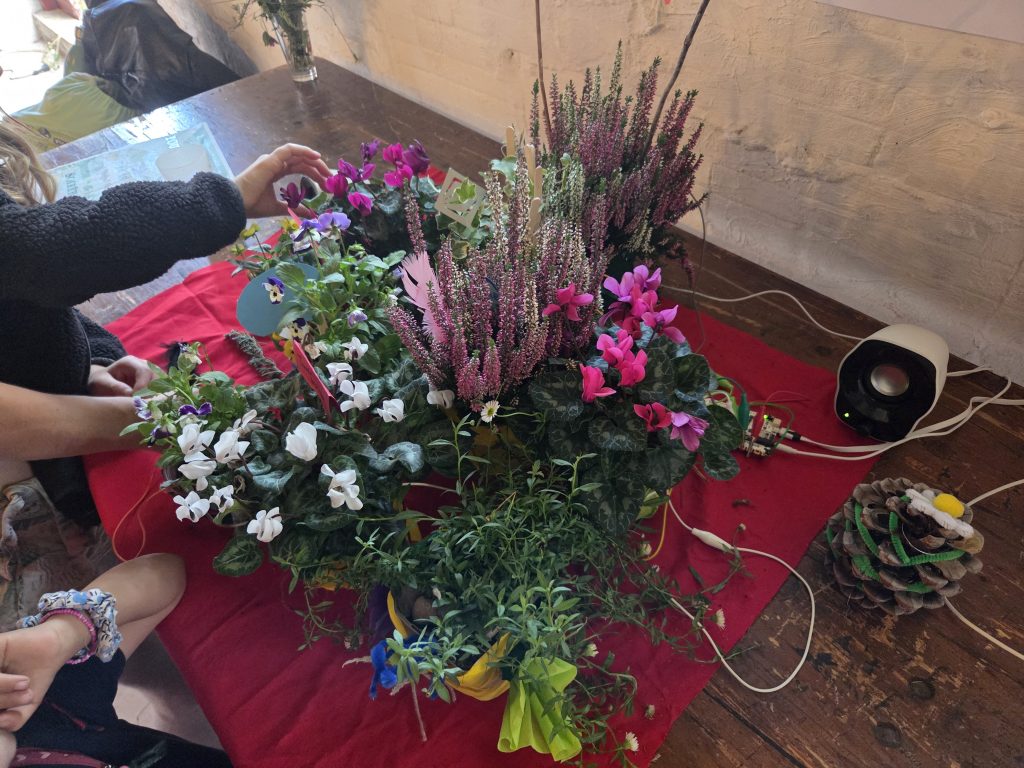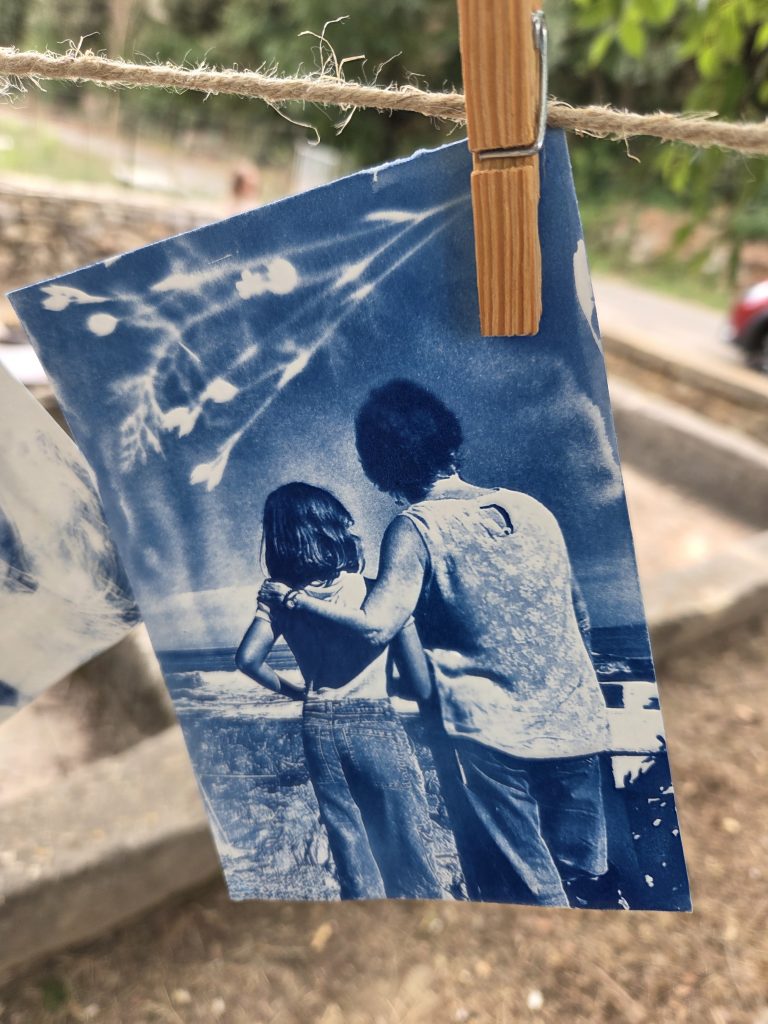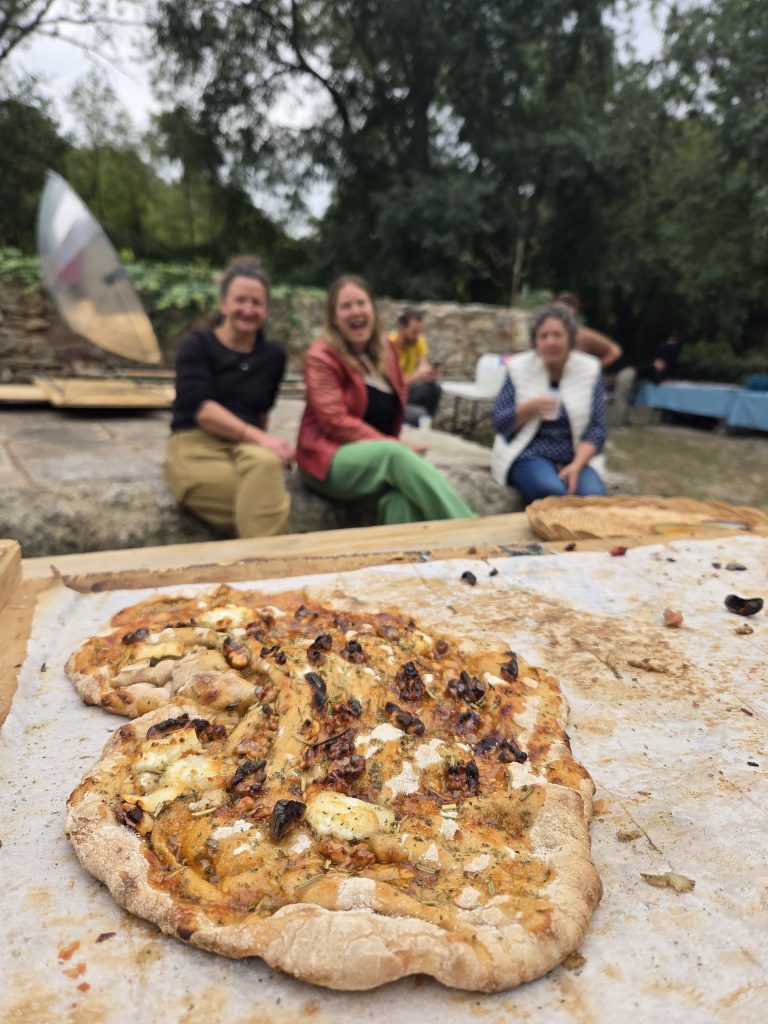Impact Stories: Working together for something bigger

Working together for something bigger
At the final festival in Aniane, I witnessed how many hands can move with one shared rhythm: teams from different organisations, neighbours, young people, artists – everyone contributing without anyone claiming “my project” or “my target group.” What touched me most was the effortless sense of shared ownership. Tasks shifted naturally, materials were passed around, and decisions were made where energy and responsibility met. In the end, instead of the 100 expected guests, around 250 people filled the courtyard – not as an audience, but as part of a collective moment.
Since then, I’ve been thinking of shared ownership less as a structure and more as a mindset: not “Who leads?” but “How can we make this possible – together?”
That experience made me want to nurture this attitude in our network — to open spaces so that people don’t just feel invited but feel like co-creators. That they can bring their stories, languages, and ideas — and that we, as an organisation, learn to let go, to share, and to listen.
Tom Woschitz, Starkmacher, Germany
Festivals!
When we were asked to create a closing event for the project in Aniane, we very naturally chose to organize a festival. I’m not even sure the question was ever really discussed.
We wanted to highlight the achievements and contributions of this project in terms
of pedagogy, methodological and theoretical tools — but it also had to include music.
To be honest, I don’t really know the exact definition of a festival. I’m not sure we use the word according to a precise semantics. However, in its general sense, it conveys the same idea: bringing people together to exchange, eat, take part in activities, and watch performances.
We can then specify “wine festival,” “chestnut festival,” or “stone-skipping festival,” but the underlying idea remains the same: a festive gathering. Each festival also necessarily involves a more or less large group of volunteers who help organize the event. This part is one of the most important, because it is
this cooperation that creates the event itself. The same logical phrase is repeated at every festival: “no volunteers, no event.” The principle is to give your time so that things can happen. A whole organization around volunteering exists to coordinate people who often have nothing to do with the event industry, but who can still enjoy “volunteering” (a real word in French!). I conducted a small survey to answer the question: why are there so many festivals in France? Some people told me it’s because France has a specific cultural policy. It’s true that we benefit from the special status of performing artists (with strong state support), tax exemptions for associations, and a strong political commitment to promoting culture.
While all that is true, I think one of the main reasons lies in the power of volunteer mobilization for events. For many people, taking part in festivals is normal — even
enjoyable.
Becoming aware of this during the mobility in France has been truly heartwarming!
Milena Lachmanowits, L’Engraine, France


Talking Plants – Simple Magic
Laure introduced us to a delightfully simple setup: a sample pad with a cable clipped into a plant pot. Touch the leaf or the soil, and the pad triggers an 8-second audio sample—our “plant” speaks. No complex biosensors, just a playful circuit that turns touch into sound.
Within minutes we built a tiny talking-plant garden. Each plant “introduced” the project in a different language. Laure’s enthusiasm was infectious; the room felt curious and light. What stayed with me was how this joyful, hands-on trick made basic physics (conductivity, circuits, grounding) feel understandable. It was art doing what art does best: making things beautiful and fun to learn about.
The experience also echoed my own Silent Talk work (immersive perspectives with silent-disco headphones): different tech, same intention—use sound to shift attention, invite empathy, and open a door to new ways of listening. I left with a renewed conviction that we never stop learning, and that sometimes the most powerful tools are the ones that let people play first and understand along the way.
Tom Woschitz, Starkmacher e.V., Germany
From Inspiration to Action: Carrying the Seeds Forward
When I think back to our time in France, what stays with me most deeply is not only what we learned, but how we learned — through presence, collaboration, and creative exploration. The methods we practiced there planted something in me that has continued to grow ever since: a desire to create spaces where participation, imagination, and dialogue come together in meaningful ways.
This week, I brought one of those methods — the Forum Theatre — into my own work with young people. What began as a simple experiment quickly turned into a profound experience. As the scenes unfolded, the group moved from being spectators to becoming true participants — stepping into roles, offering solutions, and voicing thoughts that were both brave and deeply personal. It was powerful to see how theatre could open a space for empathy and reflection, where ideas about justice, identity, and community became tangible and alive.
Next week, I’ll be on Sardinia, exploring another thread that began in France: the connection between storytelling and cyanotype. These two seemingly different practices — one made of words, the other of light and shadow — have the power to bring people together beyond language, age, and background. Through shared stories and creative process, we will create a collective narrative, one that blends perspectives into a single, luminous piece.
What I learned in France continues to echo — in my projects, my conversations, even in the way I look at collaboration. These methods are not just tools; they are invitations to listen more closely, to act more courageously, and to believe that creativity can be a common language strong enough to build bridges where words alone might fail.
Sarah Pint, Starkmacher e.V., Germany


Law of 1901 about association
Organizing the hosting of mobility programs in France involved many things. Among the main elements were logistics, the program, entertainment, language, and food. We carefully considered each of these aspects to strike a balance between what we wanted our international partners to discover, what might
interest them, and what would entertain them. We therefore offered a variety of
activities with different structures to provide a fairly comprehensive overview of how we operate. What I didn’t expect was that the way we operate itself would interest them! Two aspects in particular sparked their interest: the number of festivals we organize and the collective and dynamic model of our association. Having never considered this specific aspect before, I was led to reflect on it and seek some answers from the legislative and institutional perspectives.
Upon reflection, it’s true that our way of creating events is not the same as in other
countries. We will deal with the cultural function linked to the status of live
performance in another story, but here we can think about associations.
Volunteering is important, community life is very vibrant, and cultural life is omnipresent. The way associations operate is very different from that of businesses. The unpaid contribution of labor is commonplace, and the exchange of services predominates.
The 1901 law governing associations in France is directly based on the principles of the French Revolution of 1789 concerning the primacy of the individual, their rights, and their freedom. Article 1 of this law states that „an association is an agreement by which two or more persons pool their knowledge or activities on a permanent basis for a
purpose other than sharing profits.“
This social vision, enshrined in the legislation, combined with the simplicity of its
formation, perhaps explains why today more than 1.5 million associations exist throughout France, across a wide range of sectors. This project has highlighted for me the unique character and richness of French community life and collective participation.
Milena Lachmanowits, L’Engraine, France